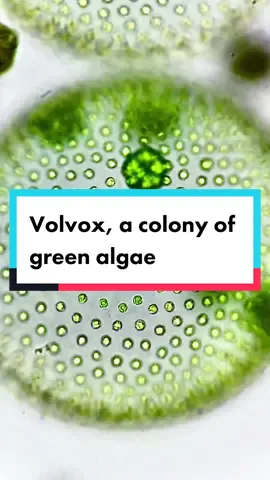Fahza 9203⚡
Region: ID
Friday 16 August 2024 12:56:41 GMT
14130
245
11
60
Music
Download
Comments
😺 :
kronologinya 🙏
2024-08-16 15:23:55
1
•_• :
yg bawa mas Patrick??
2024-08-16 15:53:37
1
1️⃣7️⃣ :
belum sempet ketemu padahal 😞😞
2024-08-16 14:05:18
1
raffa suka bus⚡⚡🇮🇩 :
baru di sapa kemarin😭
2024-08-17 00:30:19
2
ba.endang :
😭😭😭😭😭
2024-08-16 23:49:19
1
official_kk.trans_koecroet :
makasih sapa terakhir nya mas gunawan
2024-08-16 21:41:54
1
R aja🌀 :
terlalu cepat hingga surga finis mu🥀
2024-08-16 15:32:24
1
№{FATHAN}№ :
pertama balas pake vt
2024-08-16 13:05:26
1
To see more videos from user @fahzafadillah_, please go to the Tikwm
homepage.





